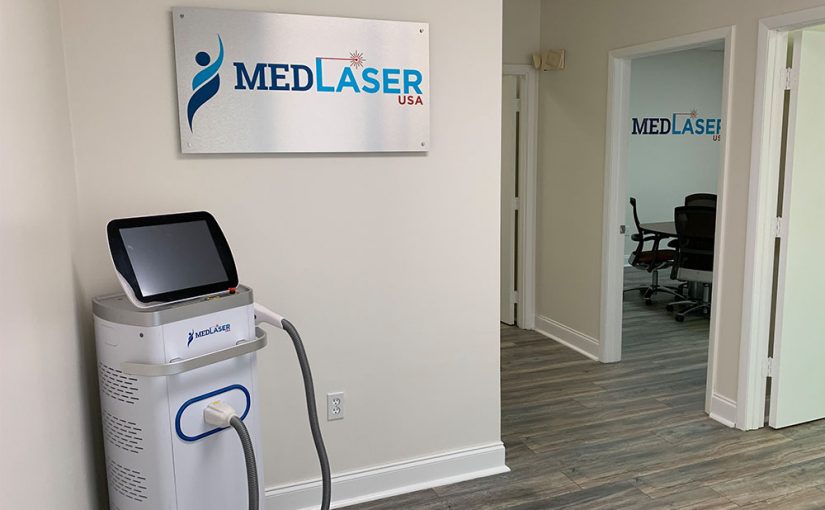Acne scars are depressions and raised areas on the skin left behind after an inflamed pimple breaks the barriers of a pore. There are two common types of acne scars: hypertrophic or keloid scars and atrophic or depressed scars. Hypertrophic scars are raised tissue and atrophic scars are depressions.
Shop Now For Lasers

https://doh.sd.gov/boards/nursing/assets/MinutesBONApr2010.pdf
Surgery constitutes the practice of medicine includes the use of a laser or ionizing radiation for the purpose of cutting or otherwise altering human tissue for diagnostic, palliative or therapeutic purposes. SDCL § 36-4-82.
PURPOSE: The purpose of this policy is to establish a guideline for laser training and continuing laser education of Nurse Practitioners (NP) and Physician Assistants (PA). POLICY: 1. The NP/PA laser training protocol will be as follows: a. The NP/PA will complete an initial laser specific orientation for each individual laser. This training is conducted by each of the specific laser manufacturers. A certificate will be acquired after completion and will be maintained in each personnel file. b. Under direct supervision of the laser trained collaborating/supervising physician, the NP/PA will be required to perform 40 laser procedures specific to each individual laser which include Pulse Dye Laser, hair removal laser, Diode Laser. A confidential list of patients treated will be maintained by the NP/PA. This list will be readily available upon request. c. The NP/PA will be required to attend and an American Academy of Dermatology approved continuing education program that specifically addresses laser technology.
The NP/PA will complete an initial continuing education program within the first year and will be required to maintain 15 continuing education hours per 2 year period of time. Proof of education will be maintained in the personnel record. d. No healthcare provider, other than physicians, NPs, or PAs, may be trained to use lasers. 2. The collaborating/supervising physician will monitor and evaluate the progress of the NP/PA and if additional education or supervised training is necessary, the physician will amend this training protocol to require additional training. Laser Utilization Protocol PURPOSE: The purpose of this policy is to outline the utilization restrictions and procedure for delivery of laser therapy by NPs and PAs.
POLICY: 1. The NP/PA laser utilization protocol will be as follows: a. Laser therapy will be administered by the NP/PA only after the training protocol has been completed. b. Laser therapy will be delivered only when the collaborating/supervising physician is physically present on site. c. Laser therapy parameters will be dictated by the collaborating/supervising physician after review of the chart, photographs and patient case. These parameters will include the type of laser to be utilized and the laser delivery settings. d. No variations of the treatment settings will be made without the prior approval of the collaborating/supervising physician. e. After the laser treatment is provided, the chart will be returned to the physician. Any untoward side effects, problems, and changing of the treatment plan will be addressed with chart review. f. Only physicians, NPs, or PAs, trained pursuant to these protocols dated November 17, 2003 may utilize lasers.
The South Dakota Joint Board of Nursing and Medical and Osteopathic Examiners affirmed on November 17, 2003 that only physicians, nurse practitioners, and physician assistants may be trained to use lasers pursuant to SDCL 3648.2 and approved the ‘Laser Utilization by Nurse Practitioners and Physician Assistants’ protocol.






































